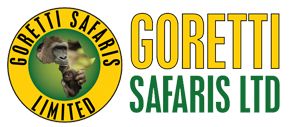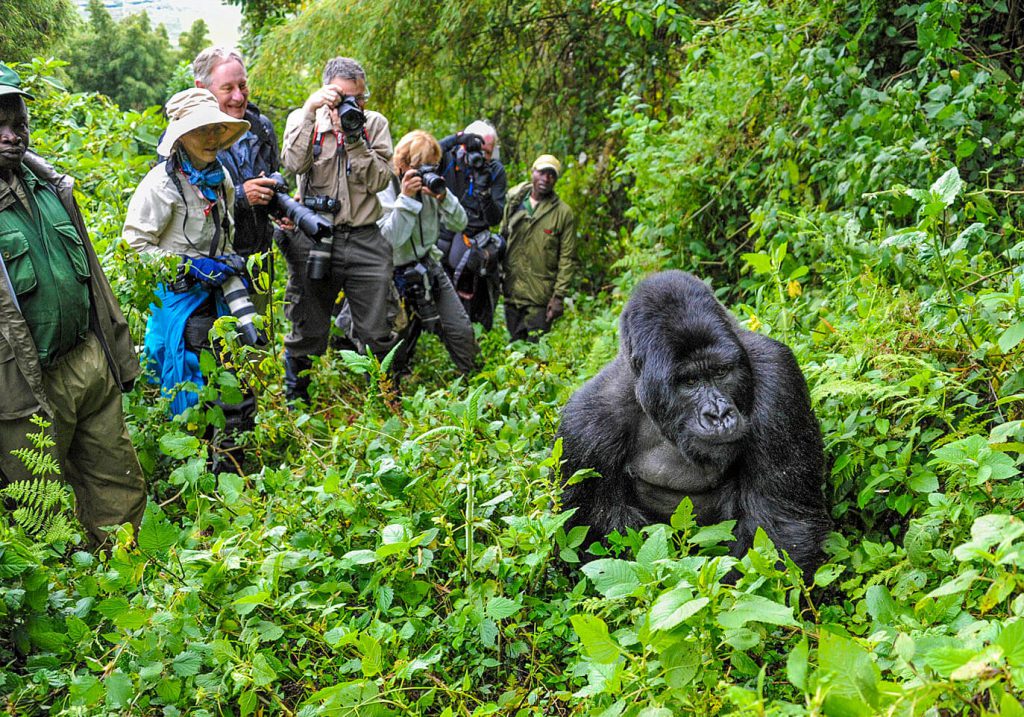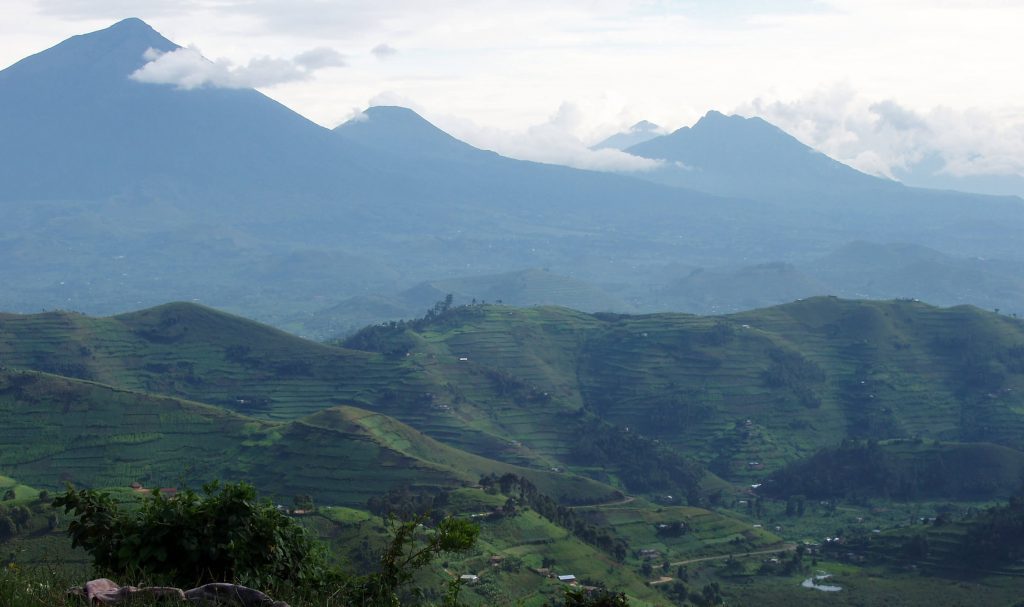The smallest National Park, Mgahinga covered a total area of 33.7kms². The park derives its name from one of the volcanic cones called Gahinga “pile of stones” in local dialect. The British Colonial administration realized the eco-potentiality of the area and declared it a game sanctuary in the 1930. In 1991, Mgahinga National Park assumed a status of a full National Park.
Located approximately 524 Kilometers from Kampala, Mgahinga Gorilla National Park has an average elevation of between 2,227m and 4,127m above sea-level. Mgahinga’s is beautifully decorated by three iconic extinct Virunga volcanoes. Muhavura (the guide in the Twa Languange), is the highest; it hits a height of 4127m. The peak is a host to an awesome 36m-wide crystal clear Crater Lake; the summit also offers a platform for panoramic views of that span as far as Rwanda. Sabinyo (old man’s teeth), a description by indigenous people to refer to the cone’s jagged peaks comes second in line. Sabinyo has three peaks and the highest and most spectacular sits at a height of 3669m above seal-level. The summit is phenomenal because that’s where the borders of Rwanda, Uganda and DR-Congo meet. The slopes are characterized by deep gorges and ravines famous for birding. Mount Gahinga is the smallest and least elevated of the three cones! The highest point on this cone hits a height of 3,474m above sea level. The crown of Gahinga is an approximately 18m-wide swampy crater. The three cones offer unrivalled Day-Hikes!
Small as it is, Mgahinga Gorilla National Park has a diversity of wildlife! This park is home to one migratory Gorilla Family called Nyakagezi. It is the only National park in Uganda with Golden Monkeys in Uganda. Bird-watching is awesome especially in the valley between Gahinga and Sabinyo as well as in the Sabinyo Gorge. Rwenzori Turaco is the most sought-after bird in this area. Forest Elephants and Buffaloes are among the big mammals in this Park.
The Batwa Trail is a special activity that takes tourists through the lives of the Batwa People. This hunter-gatherer community has unique knowledge of the forest. The trail is meant to give an experience of self-sustenance and co-existence with wildlife in the Forest. The apex of the experience leads to Garama Cave that served as a shelter and hideout for them during inter-tribal wars.
The smallest National Park, Mgahinga covered a total area of 33.7kms². The park derives its name from one of the volcanic cones called Gahinga “pile of stones” in local dialect. The British Colonial administration realized the eco-potentiality of the area and declared it a game sanctuary in the 1930. In 1991, Mgahinga National Park assumed a status of a full National Park.




